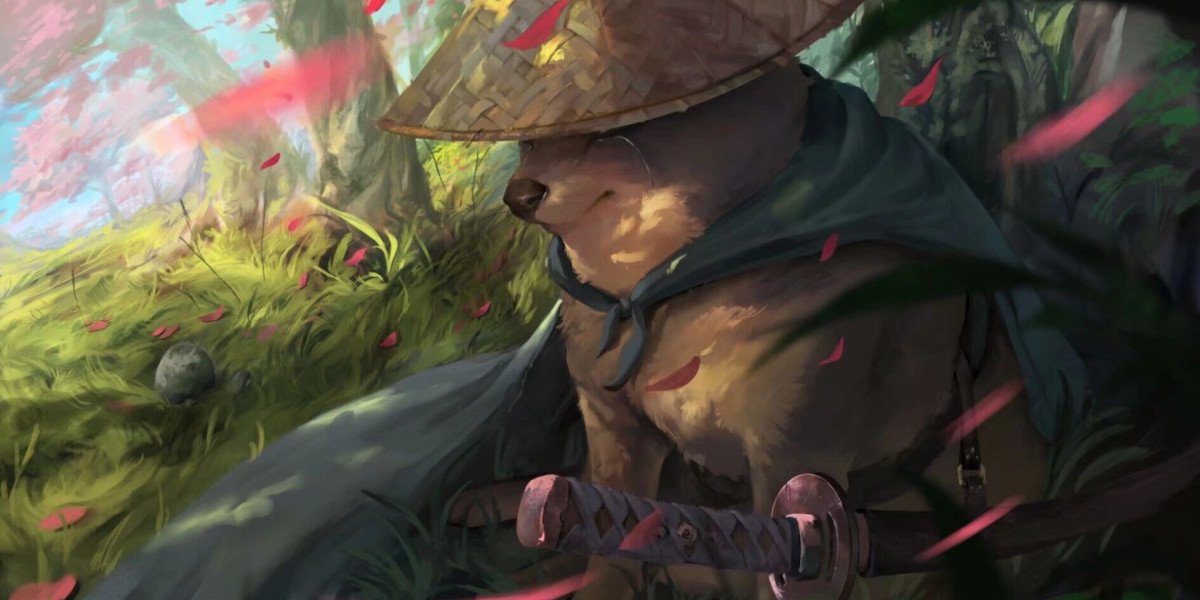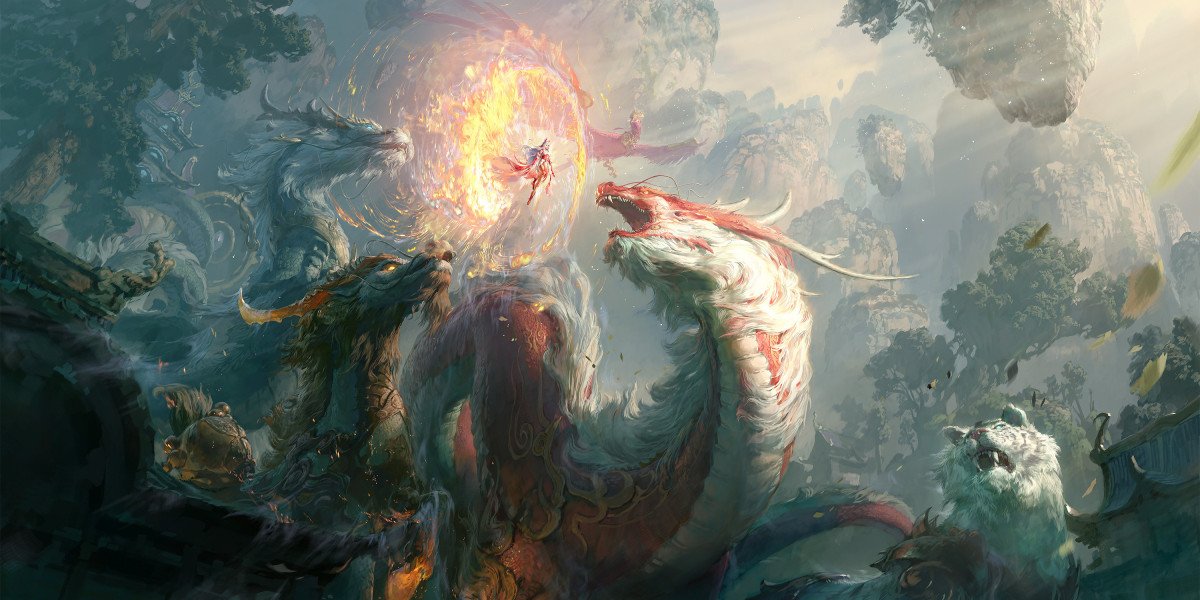Desi cinema—spanning the vast and diverse landscapes of India, Pakistan, Bangladesh, Sri Lanka, and beyond—is a vibrant and captivating tapestry of storytelling that has both deep roots in traditional culture and a forward-thinking approach to modern filmmaking. For decades, films from the South Asian subcontinent have made an indelible mark on the global film industry, influencing audiences and filmmakers worldwide. Whether it’s the colorful extravagance of Bollywood, the poetic realism of Bengali cinema, or the grit of contemporary Pakistani films, desicinema offers a unique cinematic experience that speaks to the heart of its audience.
The Foundations of Desi Cinema: A Cultural Reflection
At its core, Desi cinema is a reflection of the diverse cultures, languages, and traditions of South Asia. From the streets of Mumbai to the lush landscapes of Sri Lanka, films often draw on the everyday lives of the people, blending universal themes of love, family, struggle, and identity with deeply rooted cultural nuances. The richness of Indian classical dance, music, folk tales, and regional dialects are often beautifully woven into films, making them a true representation of the subcontinent’s vast heritage.
In India, the first films were silent, with the first Indian feature film, Raja Harishchandra (1913) by Dadasaheb Phalke, paving the way for the emergence of Indian cinema. With the advent of sound in the 1930s, Bollywood and other regional film industries began to take shape. Hindi cinema, with its catchy songs, larger-than-life stars, and epic storylines, quickly became a global phenomenon. However, regional industries like Tamil (Kollywood), Telugu (Tollywood), Bengali, and Marathi cinema also flourished, each with its unique style and approach.
Bollywood: The Global Phenomenon
Arguably the most recognized name in Desi cinema worldwide is Bollywood, the Hindi-language film industry based in Mumbai. With over 1,500 films released annually, Bollywood has long been the largest film industry in the world in terms of production. What makes Bollywood unique is its incorporation of song and dance as integral parts of the narrative, transforming even the simplest of stories into emotionally charged spectacles.
Bollywood films have become synonymous with melodrama, romance, and escapism. Whether it’s the love triangles in Dilwale Dulhania Le Jayenge (1995) or the high-energy dance sequences in Dhoom 2 (2006), Bollywood movies have a style that transcends regional boundaries and appeals to millions globally. However, the genre is evolving, with filmmakers like Anurag Kashyap, Zoya Akhtar, and Vishal Bhardwaj exploring complex themes, gritty realism, and darker narratives.
Regional Cinema: Diverse Voices and Stories
While Bollywood often dominates international attention, regional cinema across South Asia has a rich and varied tradition. In Tamil Nadu, Kollywood films like Baahubali (2015) and Vikram (2022) have garnered international acclaim for their high-octane action sequences and mythological storytelling. Meanwhile, Telugu cinema, with its strong fanbase, has seen an explosive rise in popularity, especially with the success of films like RRR (2022), which was recognized globally for its impressive visuals and storytelling.
In Bengali cinema, directors like Satyajit Ray and Ritwik Ghatak pioneered a unique form of art cinema that focused on socio-political issues, humanism, and narrative simplicity. Their works, including Pather Panchali (1955) and Meghe Dhaka Tara (1960), were celebrated worldwide, elevating Indian cinema to international acclaim.
Similarly, Pakistan’s Lollywood has gained recognition in recent years with films like Khuda Kay Liye (2007) and Cake (2018), which explore themes of societal norms, gender, and political unrest, reflecting the challenges and joys of Pakistani life.
The New Wave: Contemporary Desi Cinema
The last two decades have seen a significant transformation in Desi cinema, with filmmakers breaking away from traditional formulas and embracing more experimental and socially relevant narratives. The rise of digital platforms like Netflix and Amazon Prime Video has allowed many South Asian filmmakers to reach a global audience, and streaming services have provided them with a platform to experiment with content.
In India, the term "New Bollywood" is often used to describe films that deviate from the typical song-and-dance routine and focus more on grounded, realistic storytelling. Movies like Barfi! (2012), Queen (2013), and Dangal (2016) tackle complex themes like disability, empowerment, and familial ties in a nuanced way. These films are evidence of a changing landscape where directors are experimenting with different genres—ranging from dark comedies to crime dramas and thrillers.
Parallel to Bollywood, independent filmmaking in India has also flourished, with filmmakers like Anurag Kashyap, Dibakar Banerjee, and Rima Das gaining international recognition. Their films—often produced on a shoestring budget—combine raw, unfiltered storytelling with an exploration of contemporary social issues like caste, gender, and identity.
In Pakistan, the revival of cinema with films like Bol (2011) and Janaan (2016) has given voice to stories that were previously marginalized or censored. This has led to a rise in socially conscious cinema that directly addresses issues such as gender inequality, religious tensions, and the Pakistani diaspora experience.
Global Impact: Desi Cinema and the World Stage
Desi cinema’s influence has stretched beyond South Asia, impacting global film industries in profound ways. Bollywood, for example, has a massive fanbase in the Middle East, Africa, and Southeast Asia, with screenings, remakes, and even Bollywood-themed events popping up worldwide. In the United States, Desi cinema has also been embraced, particularly by the Indian diaspora, with films like Slumdog Millionaire (2008) becoming international blockbusters. The film's success demonstrated the world’s growing interest in South Asian culture and paved the way for future collaborations between Hollywood and Bollywood.
Additionally, filmmakers of South Asian descent are making a mark in Western cinema. Directors like Mira Nair (Monsoon Wedding), Gurinder Chadha (Bend It Like Beckham), and more recently, Ali Abbas Zafar (The Zoya Factor) have brought authentic Desi stories to international audiences while also creating cross-cultural bridges.
Conclusion: The Enduring Magic of Desi Cinema
Desi cinema continues to evolve, but its essence remains rooted in the celebration of life, culture, and identity. From the extravagant musical numbers of Bollywood to the understated elegance of Bengali cinema, Desi filmmakers continue to tell stories that resonate across borders. As the world becomes more interconnected, Desi cinema is not just a cultural product of South Asia but a global force in the ever-changing landscape of world cinema. Through its powerful blend of storytelling, music, and visual artistry, Desi cinema will undoubtedly remain a major cultural export for years to come.








